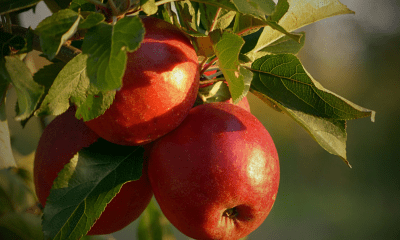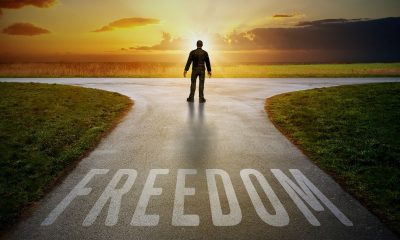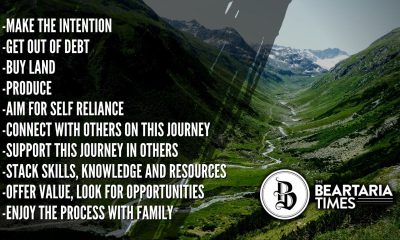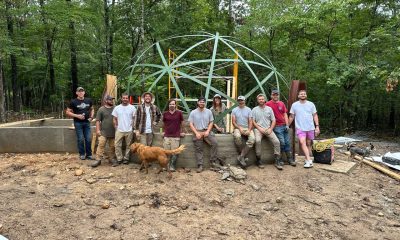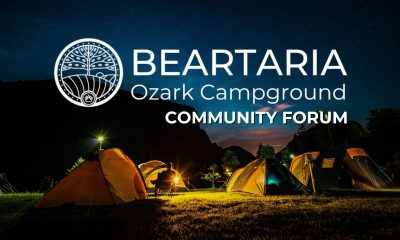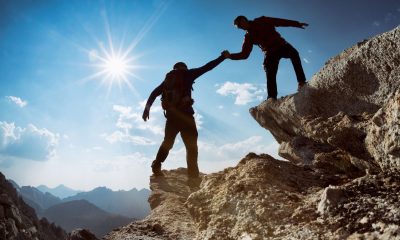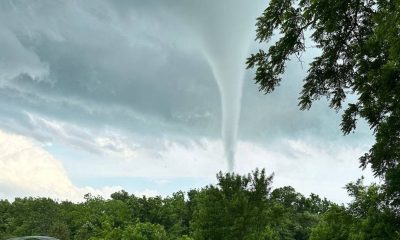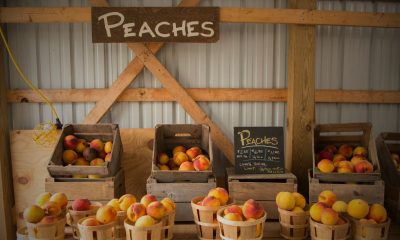Arts and Crafts
How to Draw Faces – A Quick Introduction
A written guide and video by Handdrawnbear
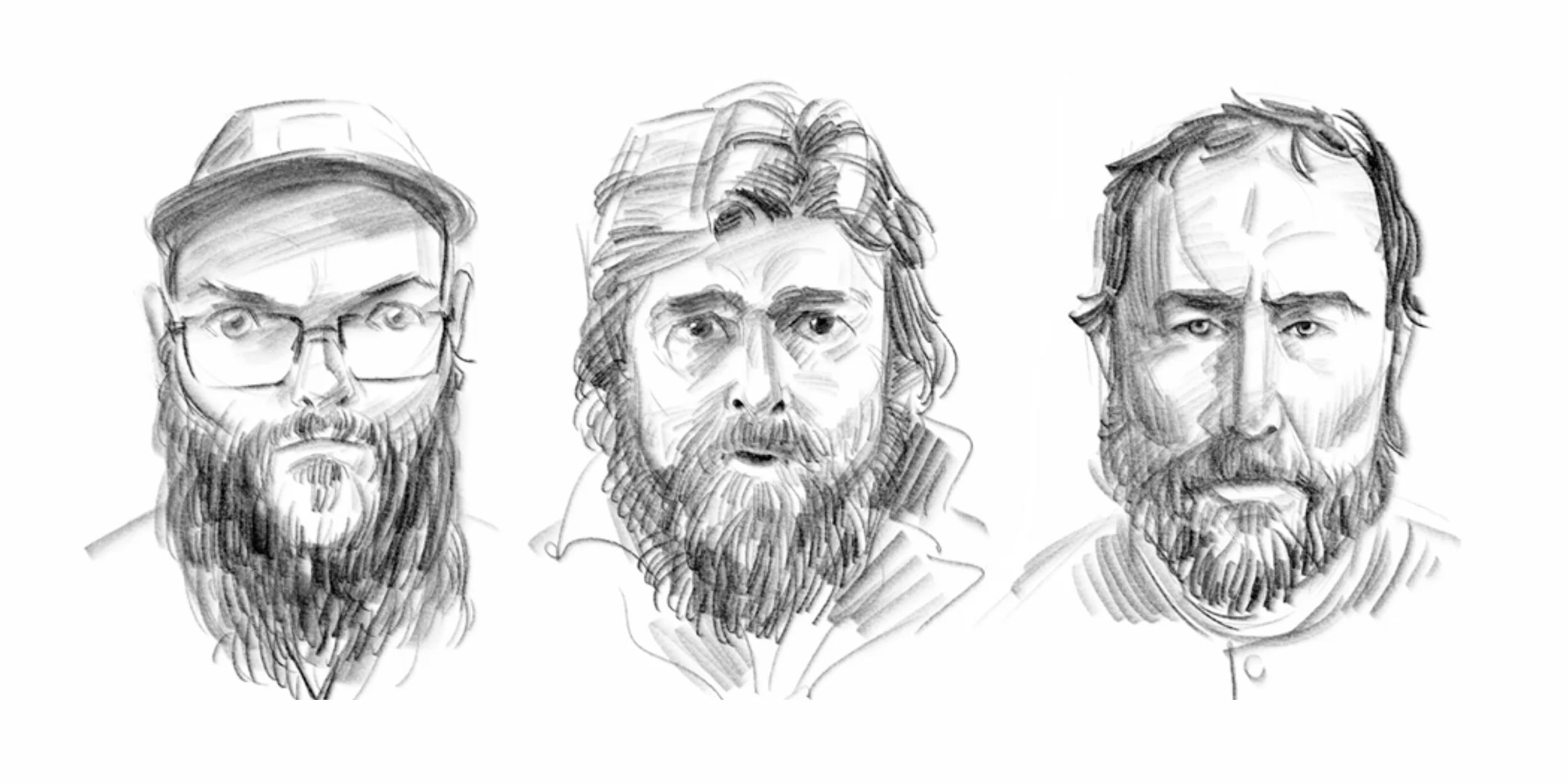
A written guide and video by Handdrawnbear
There was a fat little Asian kid who sat alone at every lunch break, furiously scribbling on stacks of scrap paper salvaged from the classroom recycling bins.
This is how I spent my public school days, not a minute was wasted on “learning.” Now, I confidently say that I can draw anyone I lay eyes on. It’s not a boast, quite the contrary, drawing is the only way I can truly understand what anything actually looks like. My husband is often exasperated by how mechanically illiterate I am, I answer him honestly, “Dear, I’ve never drawn a car engine.”
Now you might say, but Handdrawnbear, I’m not as weirdly wired as you, how can I learn to drawn everyone?
Let me first clarify, we are speaking here only of observational drawing, which differs from technical or architectural drawing in function and form.
Drawing is a language, but not a hieroglyphic one. Hieroglyphs are preconceived symbols, clichés if you will. How would you like to read a novel written only in clichés and figures of speech? You wouldn’t like it at all. Even though symbols may be a shortcut to meaning, they are also extremely limiting; if you don’t have a glyph for something, then you can’t describe it.
Instead, when you draw from observation, look at it with the eyes of a blind man who’s just been given his sight. Throw out your preconceived notions of what anything should look like and really see what you’re trying to describe with your drawing.
When drawing someone’s face, really look at them and see what makes it unique from other faces. These three legends below could all be described as “a bearded man”, but they are actually so very different from each other.
Woodshopbear has a very striking countenance, his eyes are farther apart than the average man which gives him a very intense look.
Westsidebear’s soulful eyes are like gems if you can find them in his sheer amount of hair.
BigBear’s cheeks are like tall shields over which his sharp eyes pierce through and sees your browser history.
Everyone has an ideal average face in their mind, but it’s the departure from the average that individualizes each face. There is a danger in exaggerating features however, as you veer further away from reality you may venture into the monstrous. The way to avoid this is love and charity, it may sound funny but it will show through your drawing. I am unable to make someone I despise look good, and I’m probably not alone.
Of course, practice makes perfect, or as close to perfection as we can get this side of the eschaton. So draw everything, draw all the time. Draw from life whenever possible. Don’t be precious about your drawings. Craft comes before art, it’s hard before it’s easy. But whatever you do, never trace a photograph. Tracing is a useless exercise that gives instant gratification but no lasting benefit.
Drawing is observation and adoration combined. Because this realm is full of beauty, drawing is a reply in kind, a dialogue with creation.
Don’t seek accolades, you’ll only find emptiness; instead, give with your craft relentlessly to those you love, and you’ll find tribe and so much kindness and gladness in return. This is the beautiful truth I’ve encountered with the community of Bears.
And that little fat Asian girl? Well, she’s still drawing and learning to see.
Arts and Crafts
Announcement: Beartaria Times National Festival Poster Contest
We want to announce a fun and friendly contest for a poster design for our National Festival this year.

Calling All Artists!
We want to announce a fun and friendly contest hosted by BudBear, for a poster design for the Beartaria Times National Festival this year.
BudBear will accept submissions until August 24th.
Twelve finalists will be selected, and their designs will be printed and sold at the festival. Whoever sells out of 100 copies or sells the most by the end of the festival will be the grand prize winner with bragging rights and could allegedly receive a copy of their design signed by the Big Bear himself.
Designs should be digital renderings, 12×18 inches vertical, and 300 dpi. As always, please keep it to the clean and family-friendly standards of The Beartaria Times Community.
All proceeds will be donated to Beartaria Ozark Campground at BeartariaCampgrounds.com
Poster designs can be submitted to bearposters33@gmail.com for consideration.
Arts and Crafts
Too Many Mittens
My mom has always loved seeing her children be creative, so she was thrilled when I showed interest in learning how to make mittens. So, in 2016, she taught me how to make wool sweater mittens.
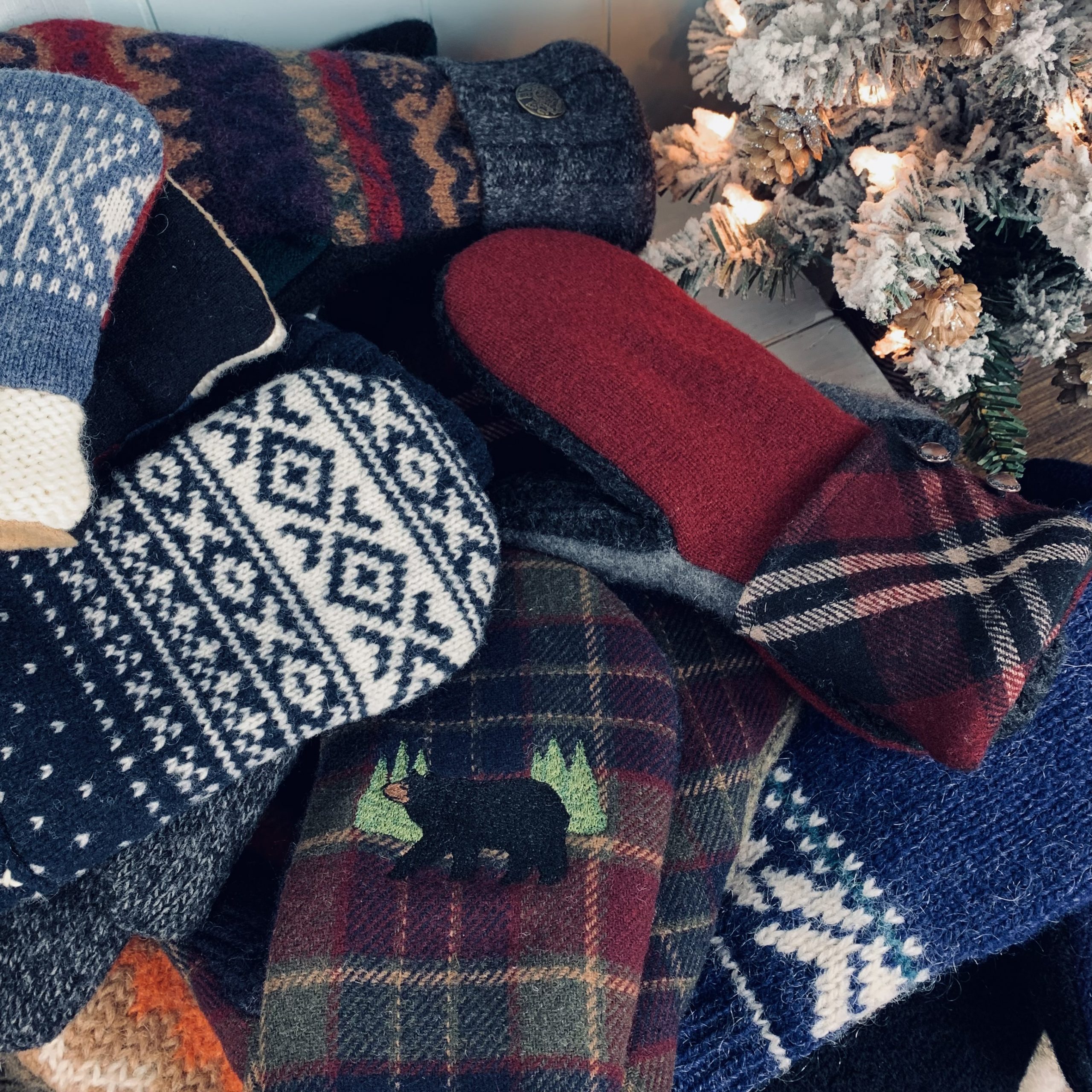
By: Charity (@trailerparkgirl on BTA)
My mom started making wool sweater mittens sometime around 2014. She got the idea from visiting a local Mennonite-owned store. She found patterns online and started out just making them for the family. We’re a family of ten, so there are plenty of us to make mittens for.
In 2015, at eighteen, I became her right-hand businesswoman and began photographing her mittens and selling them on Etsy. My younger sister, Madeline, drew the mitten in the shop logo.
My mom called her shop “Too Many Mittens.” She may or may not have gotten the idea for the name from the 1958 children’s book “Too Many Mittens.”
It’s one of a few books she remembers from her childhood. My mom grew up in the Upper Peninsula of Michigan, and the story takes place in Michigan.
My mom has always loved seeing her children be creative, so she was thrilled when I showed interest in learning how to make mittens. So, in 2016, she taught me how to make wool sweater mittens. I found them to be pretty simple to make. Very fun, too. I already had some experience with sewing, so it didn’t take long to get the hang of mitten-making. The excitement of pairing different wool sweater fabrics together and adding cool buttons to the cuffs was enough to get me hooked.
We make the mittens out of wool sweaters from thrift shops. And we line the mittens with fleece. My mom and I have had a blast sifting through thrift shop clothes racks in search of funky wool sweaters. We’ve gone through hundreds of wool sweaters in the past several years. Sometimes I see a sweater that I love so much that I’m tempted to keep it for myself to wear. But then I think, “Nah, that’ll make some really cool mittens.”

A few years ago, I invested in an embroidery sewing machine and lots of machine-embroidery thread. It’s been lots of fun to play around with different designs on mittens. They really give mittens extra character. The machine was definitely worth it. And it was fairly affordable. I use a Brother SE625.
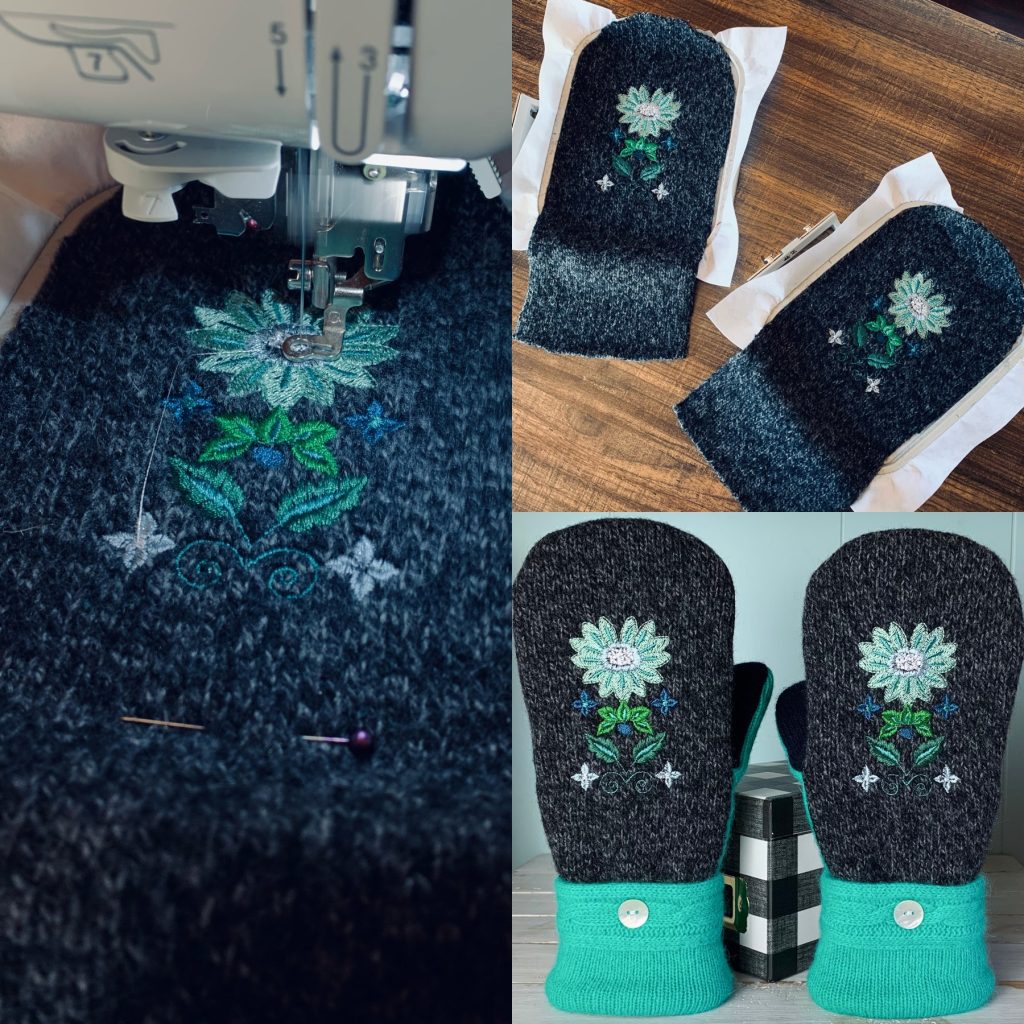
Now, in 2022, my mom is far too busy for making mittens. She’s focused on helping raise some of her grandchildren. So, my mom decided to let me take over Too Many Mittens. I’m planning on adding other handcrafted goods to our shop in the future, like cold-process soap. I’ve been playing around with soap-making since 2018. I’m currently working on perfecting recipes. My goal is to have soap available by Spring 2023. I’m even trying to get my younger sister to design the labels for the soap. After all, it is tradition.
One day, I hope my mom will have some extra time on her hands so that she can get back into making mittens. She really enjoyed it, just like I do. Together, we have sold over 350 pairs of mittens. I’m grateful for the time we’ve been able to bond because of our mutual love of mitten-making. If I ever have a daughter of my own, I plan to teach her how to make wool sweater mittens and so many other wonderful things.
Visit my Etsy shop, Too Many Mittens, Here!
Bears get 15% off with the code: TRAILERPARKGIRL
Arts and Crafts
A Pointed Pen Calligraphy Tutorial
The fun thing about calligraphy is that there are many scripts, many pens, and many styles to learn.
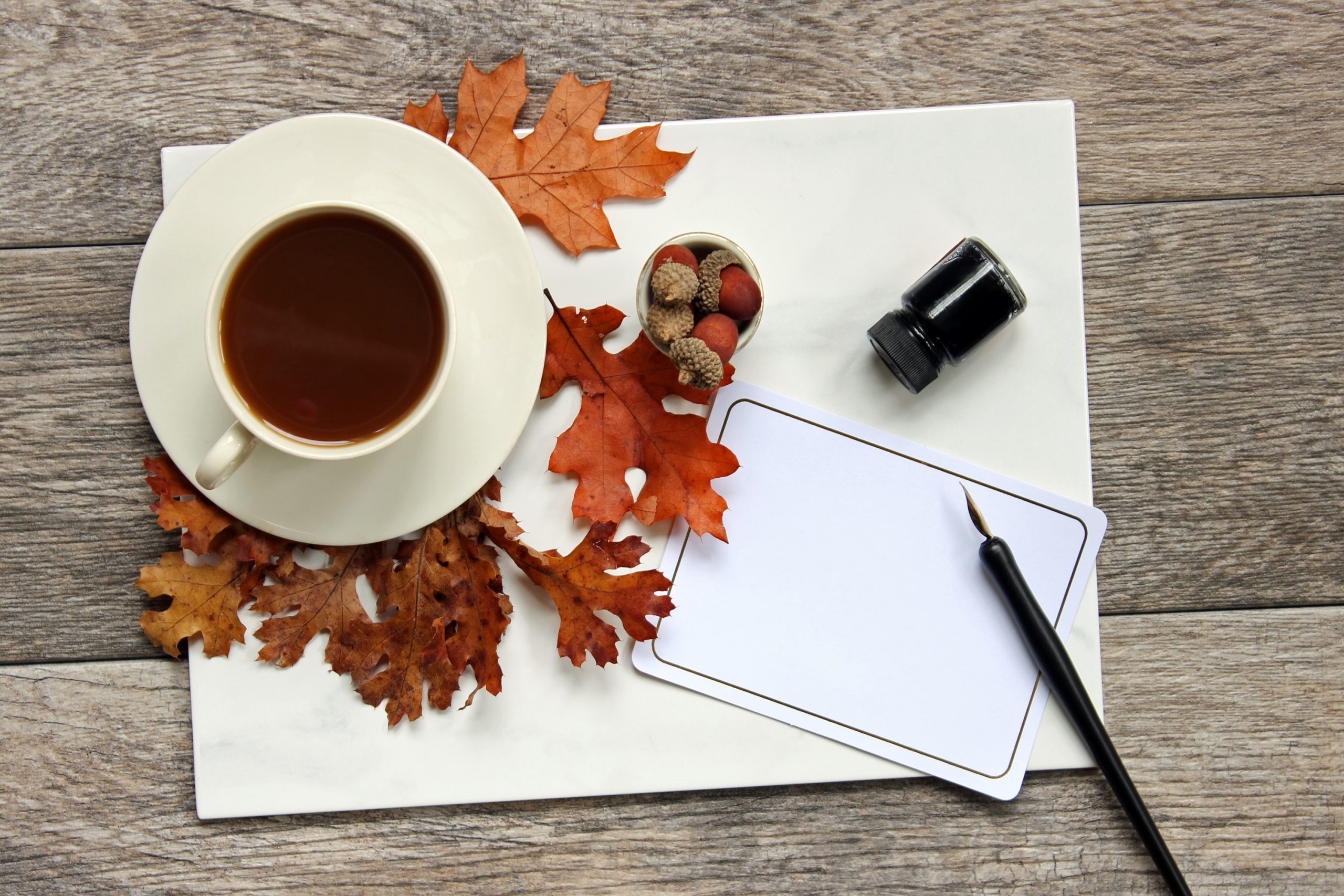
By: Snow White Bear

Pointed pens have pointed tips. They come in straight and oblique holders.
Some pens can do both. Choose whichever is more comfortable.

First, clean your nib by putting it in your mouth for a few seconds (older calligraphers still do this), or get a potato from your garden and stick all your nibs in it (a minute should be enough, but some do this overnight) or my favorite using up all the unnatural toothpaste the dentist gives you to clean your nibs. If you skip this step, I’ll get a message from you saying, “Snow White Bear, I tried to write, but the ink won’t come out.” For ink, any calligraphy ink will work. Thinner ink is easier to work with; slowly add distilled or filtered water. Walnut ink can be made at home or bought and is easy to work with. Iron gall ink is tremendous but slowly eats at the nib. “Dinky dips” are popular for pouring ink in.
Don’t use printer paper. Any paper that is 32lbs or more (Hp 32lbs is popular) and smooth will work. Some like resume paper even though it has a slight texture. I print calligraphy guidelines I find online on these papers then I’m ready to practice.
Pointed pens are great at Copperplate script. Here are the basic strokes:


Always write using guidelines. Traditionally Copperplate is written at 55 degrees. Practice the basic strokes until you can do them at least 80% consistently. Now it’s time to move on to letters. Letters are made up of basic strokes. The basic strokes usually group the letters they are composed of.
Practice and practice writing letters and practice writing them slowly. You know when you’re going too fast when your pen keeps scratching or skipping on the page. Clean your pen with water and a paper towel every once in a while when writing after letters are mastered, and practice many words with attention to letter connections (I’ve seen this be a whole course) and spacing. Traditionally calligraphers are taught to practice pangrams like “The quick brown fox jumps over the lazy dog.” Writing long phrases can help master spacing and words more quickly. Next, majuscules and capital letters are learned, and unfortunately, they use different basic strokes and spacing than the minuscules or lower cases letters.
There are other scripts one can write with a pointed pen. Spencerian, a script invented in America by Platt Rogers Spencer, is the second most popular. My favorites are Engrosser Script, Italian Hand, and Open-Shaded Script.

Modern calligraphy is based on traditional calligraphy but stylized differently. Although you don’t have to learn traditional calligraphy first, many calligraphers recommend it. What’s fun about modern is that after you practice hard and learn the rules, you make your own style.
The fun thing about calligraphy is that they are many scripts, many pens, and many styles to learn. I only mentioned a few. It’s technical art that is limitless, and you keep improving your script every time you practice.
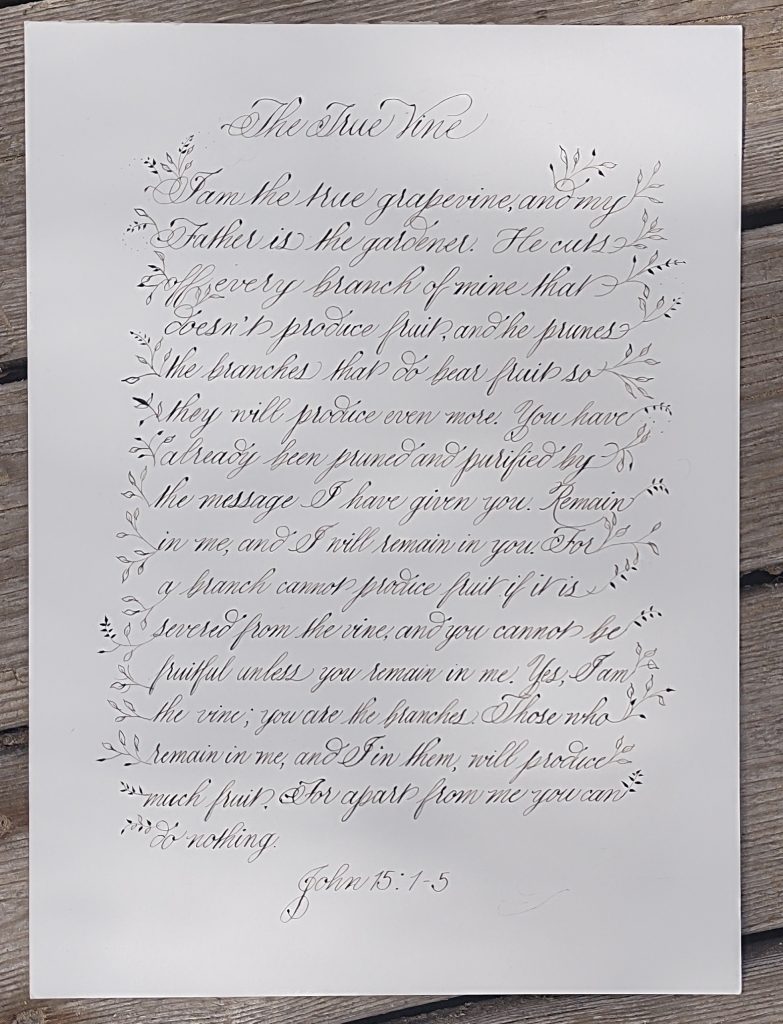
My favorite calligraphy resources:
Traditional calligraphy online lessons:
Dreaming in Script by David Grimes
https://www.dreaminginscript.com/
zanerian.com has free lessons
Modern calligraphy online lessons:
The happy ever crafter on youtube
Calligraphy supplies:
https://www.johnnealbooks.com/
Join your local Calligraphy guild.
-Snow White Bear
-

 Just Crushing2 weeks ago
Just Crushing2 weeks agoChristopher Gardner Completes First Dome Framing Project in Missouri: Exclusive Interview
-

 Just Crushing2 months ago
Just Crushing2 months agoBeartaria Ozark Campground Launches Community Forum!
-

 Just Crushing2 months ago
Just Crushing2 months agoMap it! – Discover Beartarians Living, Working, and Crushing Near You!
-

 Just Crushing2 months ago
Just Crushing2 months agoWhy Do We Feel So Free?
-

 Lifestyle2 months ago
Lifestyle2 months agoReconnect and Rejoice: Beartaria Times Weekly Challenge
-

 Reports2 months ago
Reports2 months agoReport: EF-1 Tornado Touches Down In The Ozarks
-

 Business2 months ago
Business2 months ago3000 Members In Our Business Group!: This Week On Our Community App!
-

 Wellness2 months ago
Wellness2 months agoBeartaria Times Member Shares History and Benefits of Haymaker’s Punch



